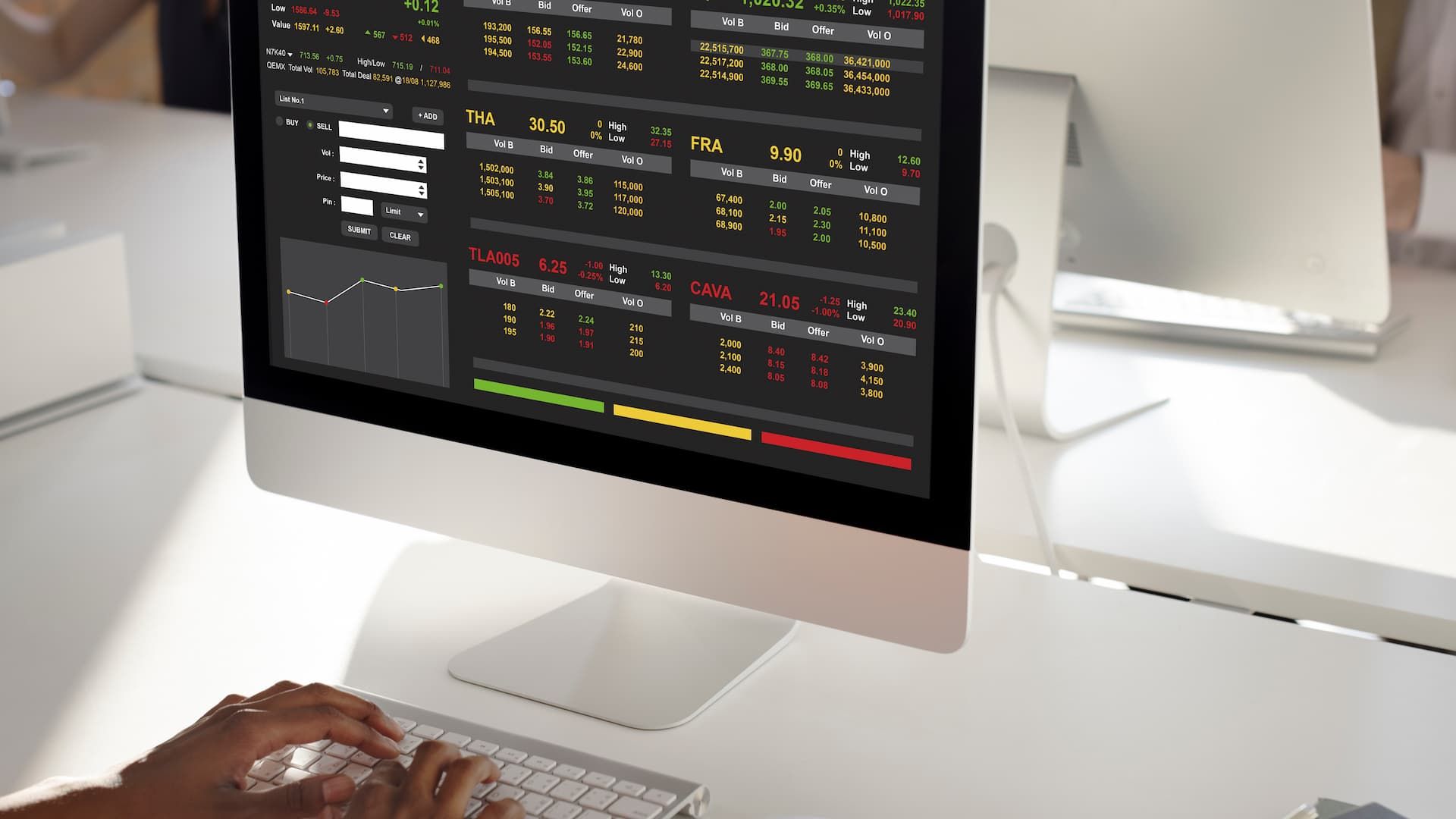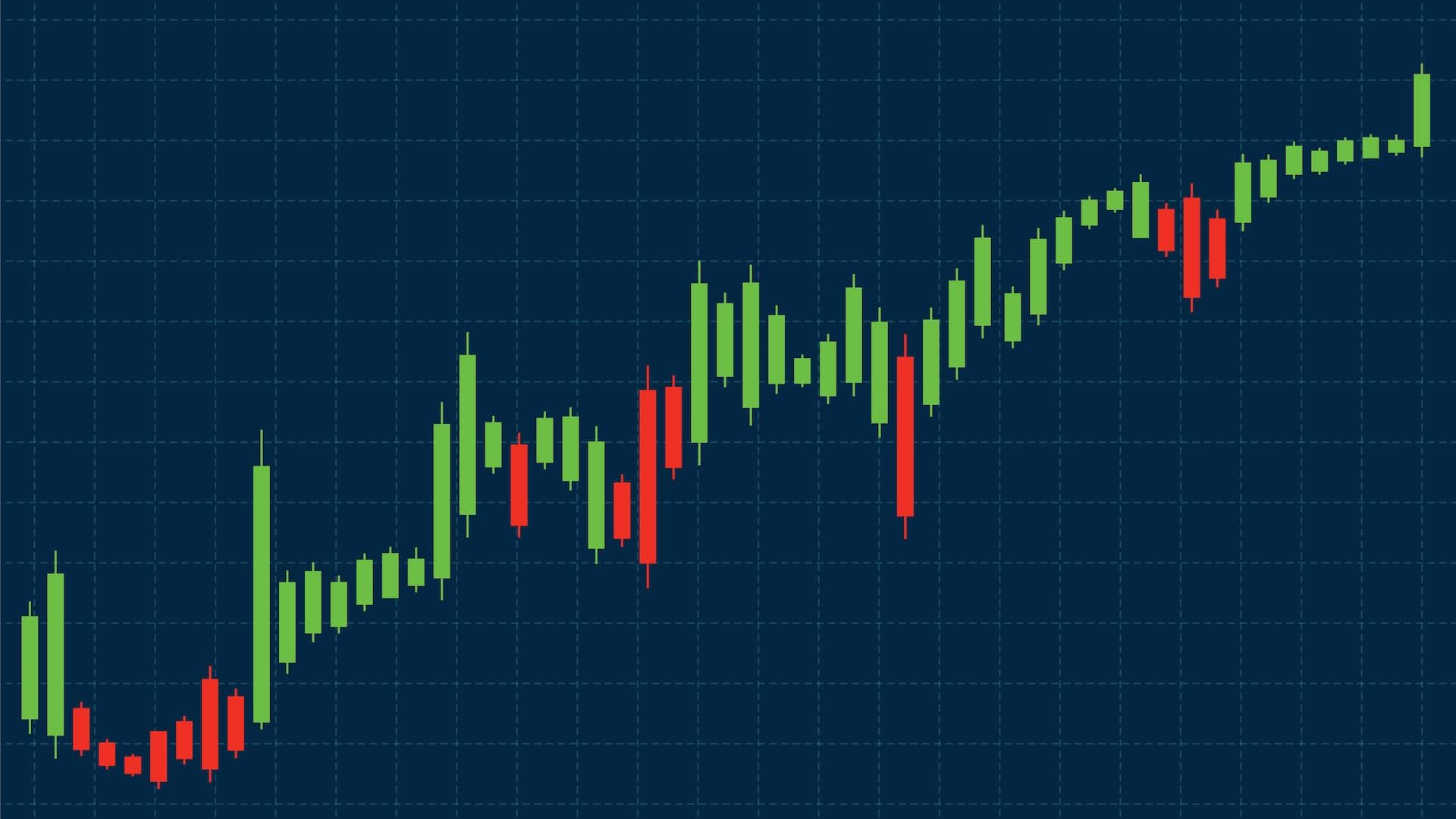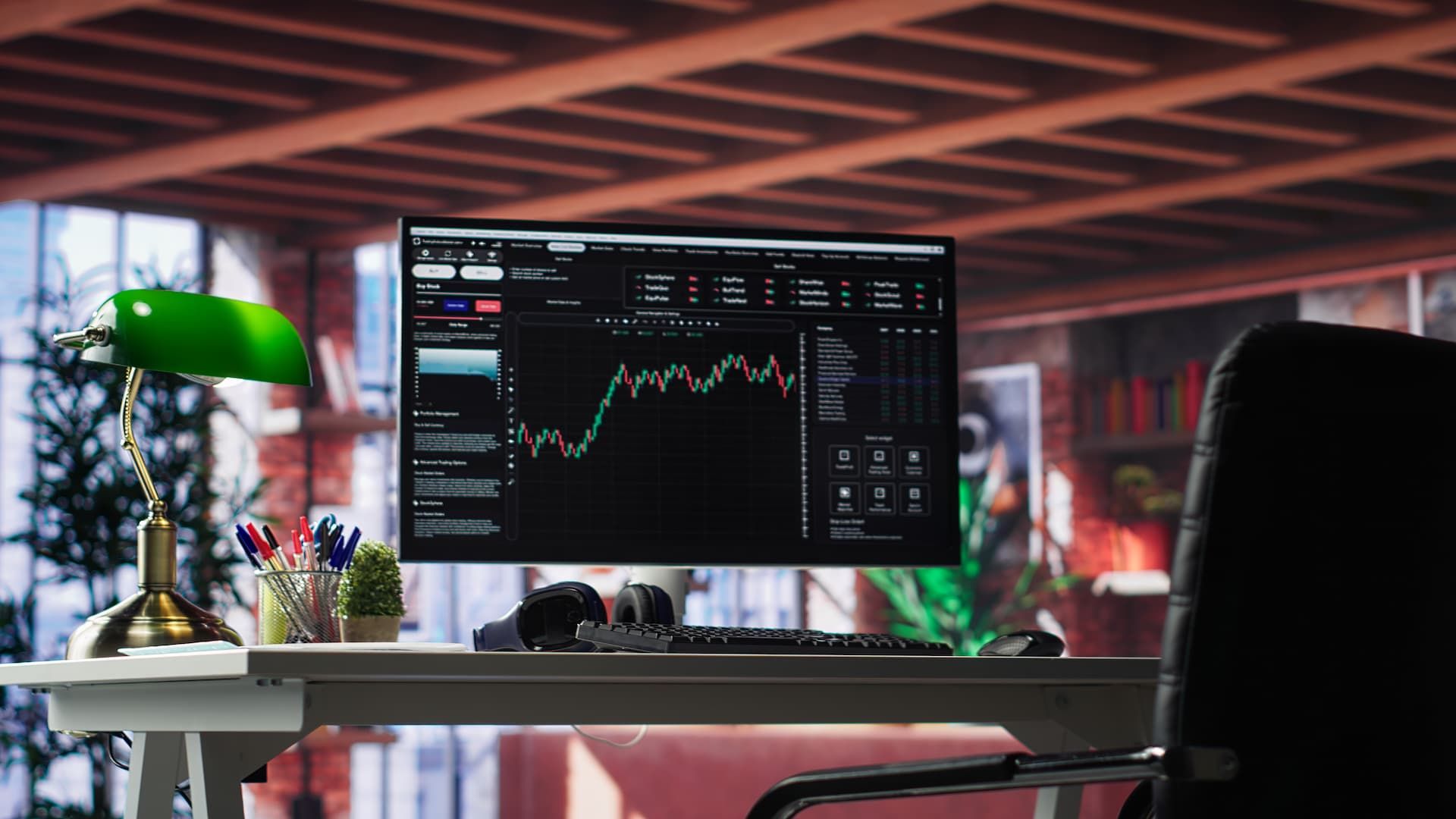A decade ago, most people had never heard of Bitcoin. Today, cryptocurrencies are everywhere. They are discussed on the evening news, traded around the clock, and viewed as both a revolutionary asset class and a risky speculation. For traders, this new market brings enormous opportunities but also some very real challenges. Prices move fast, markets never sleep, and strategies that work in traditional securities do not always apply here.
If you are thinking about starting your crypto journey, you need more than just curiosity. You need a clear understanding of how the cryptocurrency market works, what makes it different from stocks or commodities, and how to manage the risks of such a volatile environment. With the right trading platform, such as 24Markets.com, you can trade cryptocurrency with the tools and transparency required to make informed choices.
Understanding Cryptocurrencies
What Are Cryptocurrencies?
At the simplest level, cryptocurrencies are digital tokens built on blockchain technology. They are not physical coins or notes, but pieces of code stored on a decentralized ledger. Bitcoin was the first and remains the most famous, but today there are thousands of coins, each with a different purpose. Some are designed as alternatives to money, others support decentralized apps, and some act like commodities used to fuel networks.
Unlike a stock, which represents a slice of ownership in a company, or a bond, which is a loan to a government or corporation, cryptocurrencies exist only digitally. Their value is determined entirely by supply, demand, and market sentiment.
Key Differences Between Cryptocurrencies and Traditional Assets
Traditional securities trade on exchanges with set hours. The stock market in New York, for instance, opens in the morning and closes in the afternoon. Cryptocurrencies, by contrast, trade 24 hours a day, seven days a week. That means price movements can happen at any moment, whether it is 2 p.m. in London or 3 a.m. in Tokyo.
Another difference is volatility. Stocks and bonds can be risky, but cryptocurrency trading is notoriously volatile. Double-digit swings within a single trading day are common, creating both short-term trading opportunities and the risk of significant losses. Traders must adjust their risk tolerance and use tools such as stop loss orders to avoid emotional decisions.
How the Cryptocurrency Market Works
The crypto market is powered by exchanges. These are platforms where traders can buy or sell cryptocurrencies. Each exchange may quote slightly different prices depending on liquidity and trading activity. High liquidity coins like Bitcoin and Ethereum usually have tight spreads and smoother trade execution. Smaller coins often trade thinly, which means wider spreads and more sudden price gaps.
Market trends in crypto are influenced not only by technical analysis but also by news events, regulatory announcements, and even social media activity. A tweet from a well-known figure can trigger massive price swings. Traders who monitor external factors as well as technical indicators are better positioned to predict price movements.
Getting Started with Crypto Trading
Crypto Trading Platforms and Tools
To trade cryptocurrency, you need access to a reliable trading platform. A good platform provides real-time market data, charting tools for technical analysis, and the ability to set entry and exit points with precision. Some, like 24Markets.com, also offer demo accounts so beginners can practice trading without risking capital.
Another important factor is cost. Low fees and transparent spreads are vital for day traders who make many transactions. Even small differences in trading costs add up when you are executing trades daily.
Hot Wallets vs. Cold Wallets: Security Considerations
Crypto storage comes in two main forms. Hot wallets are connected to the internet and allow fast access, making them ideal for active traders. Cold wallets are offline, often hardware devices, which provide stronger security for long term holdings.
Experienced traders often use both: a hot wallet for regular transactions and a cold wallet to safeguard their main crypto portfolio. Finding the right balance between speed and security is part of every trader’s risk management plan.
Day Trading vs. Long-Term Investing
Day trading in crypto means buying and selling within the same day, often many times, to take advantage of short term price movements. This requires discipline, quick reactions, and technical indicators such as moving averages or the relative strength index.
Long term investing is a different mindset. Instead of reacting to daily volatility, you hold crypto assets for months or years, believing that adoption and demand will push prices higher over time. Both approaches can work, but each requires a different strategy and level of emotional control.
Cryptocurrency Trading Strategies
Fundamental Analysis in Crypto Trading
Fundamental analysis in crypto goes beyond charts. It involves examining adoption rates, regulatory updates, developer activity, and external factors such as earnings reports from blockchain companies. Traders who follow these signals often gain early insight into potential value changes before they appear in price data.
Technical Analysis for Cryptocurrency Markets
Most traders rely on technical analysis to make trading decisions. By studying historical price data and trading volumes, they try to recognize patterns and predict price trends. Tools like moving averages, support and resistance levels, and RSI help identify potential entry and exit points.
Because the crypto market is notoriously volatile, technical analysis is often combined with stop loss orders and clear trading rules to prevent losses from spiraling.
Market Sentiment and Its Impact on Crypto Prices
Crypto prices are heavily influenced by sentiment. Positive news such as institutional adoption or regulatory approval can spark rallies. Negative news, like security breaches or government restrictions, often leads to sharp sell-offs.
Monitoring social media, news articles, and forums gives traders a sense of current sentiment. This insight can be just as important as technical analysis when planning trades.
Popular Cryptocurrency Trading Strategies
Common approaches include swing trading, which seeks to capture medium-term moves; trend trading, which follows longer price movements; and scalping, where traders make many small trades for quick profits. Arbitrage, another strategy, takes advantage of price differences across exchanges.
Each method has its risks. Day traders, for example, must manage constant market volatility, while long-term investors must endure significant drawdowns. A solid trading plan helps decide which strategy best suits your goals.
Managing Risks in Crypto Markets
High Liquidity vs. Low Liquidity Cryptos
Liquidity measures how easily you can trade at the current market price. High liquidity cryptocurrencies like Bitcoin and Ethereum offer smoother execution and tighter spreads. Low liquidity coins can be difficult to trade without moving the price, especially in fast markets.
Setting Entry and Exit Points
Discipline is key in crypto trading. Successful traders define their entry and exit points before executing trades. This prevents impulsive decisions driven by fear or greed. Setting targets based on technical indicators or average prices ensures that each trade follows a structured plan.
Managing Volatility in Crypto Trading
Volatility creates opportunities but also increases risk exposure. Diversifying across multiple crypto assets, limiting position sizes, and avoiding excessive leverage are essential. Traders who underestimate volatility often face significant losses.
Risk Management Techniques for Day Traders
Day traders need strict rules. This includes risking only a small percentage of trading capital per trade, keeping a trading journal, and sticking to predefined stop loss levels. Managing emotions is as important as technical knowledge in preventing poor performance.
Market Trends and Insights
Monitoring Market Trends in Crypto
Spotting trends is central to trading cryptocurrency. Tools like moving averages and trading volumes help traders identify whether the market is bullish or bearish. Platforms such as 24Markets.com provide the real time data needed to track evolving market conditions effectively.
How News and Social Media Affect the Crypto Market
Unlike traditional financial markets, the crypto market reacts strongly to news and even rumors. A government statement, a new partnership, or a viral social media post can drive significant price movements. Traders who keep an eye on these signals gain a valuable edge in anticipating short term trading opportunities.
Analyzing Crypto Market Cycles
Like stocks or commodities, cryptocurrencies move in cycles of growth and correction. Studying historical price data helps traders identify recurring patterns. Understanding these cycles makes it easier to prepare for both rallies and downturns.
Long-Term Strategies and Portfolio Management
Holding Cryptocurrencies for the Long Term
Long term strategies involve holding crypto assets through both highs and lows. This requires patience and a belief in the long term future of digital currencies. It also requires careful risk management to withstand the inevitable downturns.
Diversification Across Crypto Assets
Diversification spreads risk. Instead of putting all capital into one asset, traders can build a crypto portfolio across different coins. This approach reduces exposure to individual failures and increases the chance of benefiting from positive market movements.
Integrating Crypto into a Broader Investment Portfolio
Crypto can play a role in a larger investment program alongside stocks, bonds, and commodities. Combining different asset classes helps manage portfolio risk while still capturing the growth potential of cryptocurrencies. Platforms like 24Markets.com make it easy to manage different types of investments in one place.
Advanced Trading Concepts
Arbitrage Opportunities in Crypto Markets
Because crypto is traded on many exchanges worldwide, the same asset often has slightly different prices. Arbitrage strategies exploit these gaps by buying low on one exchange and selling high on another. Speed and low fees are critical, as opportunities vanish quickly.
Leveraging Margin and Futures Trading
Margin and futures trading allow traders to control larger positions with smaller amounts of capital. While this increases profit potential, it also magnifies losses. Only experienced traders with strong risk management should use leverage in crypto trading.
Understanding Market Orders and Limit Orders in Crypto Trading
Market orders execute immediately at the current market price, offering speed but less control. Limit orders only execute at a set price, offering precision but no guarantee of immediate execution. Knowing when to use each type of order is part of every solid trading strategy.
Key Takeaways for Traders
Common Mistakes to Avoid in Crypto Trading
Many traders fail because they chase quick profits, ignore risk management, or trade without a clear plan. Avoiding these mistakes requires discipline, continuous learning, and an understanding that trading always involves risk.
Developing a Consistent Trading Routine
Consistency comes from having a structured routine. Reviewing charts daily, tracking trades in a journal, and setting clear rules reduces emotional decisions and improves long term trading performance.
Evaluating Your Crypto Trading Performance
Performance evaluation means more than checking profits. Traders should analyze both winning and losing trades, look for recurring mistakes, and adjust their strategies. Platforms like 24Markets.com make this easier by providing tools to track trading history and measure results over time.












